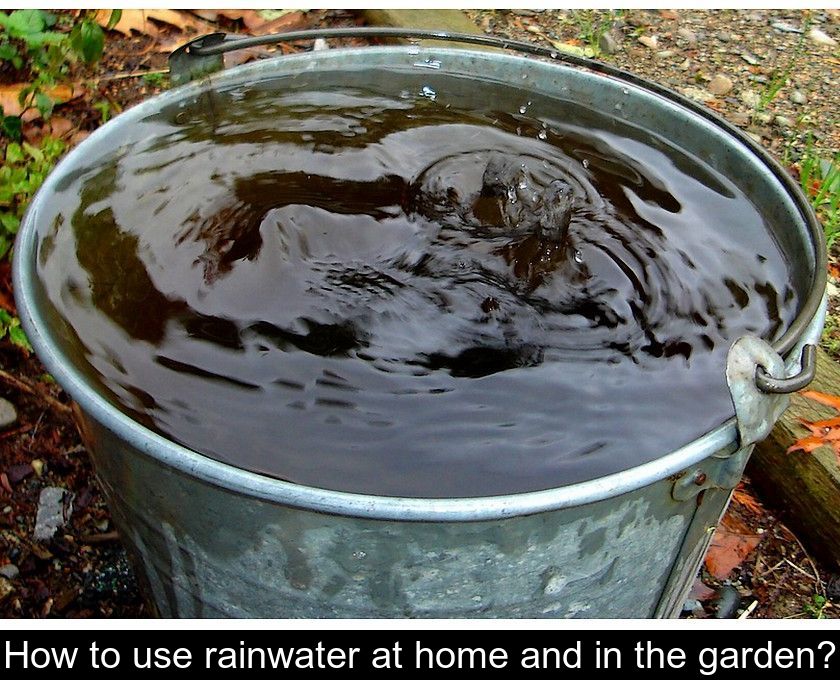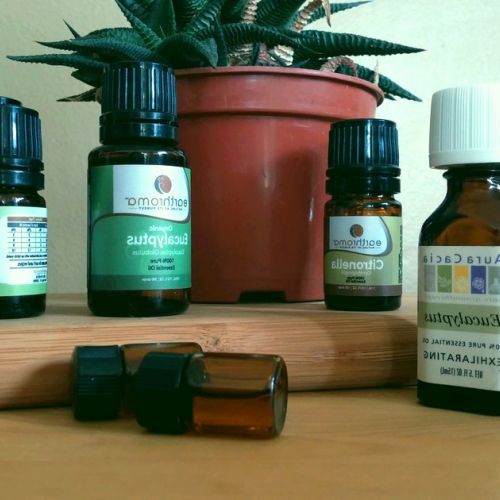How To Use Rainwater At Home And In The Garden?
Climate change and increasingly frequent periods of drought are reducing the availability of drinking water resources. Therefore, collecting rainwater is more than ever an essential ecological gesture. But do you know how to use rainwater at home and in the garden? We will explain what you can and cannot do with this water.
Attention, rainwater is not drinkable.
Even though collecting rainwater is a very useful eco-gesture, it should be known that this water is not drinkable.
Rainwater does not meet the quality standards of the Public Health Code because:
• it may contain traces of pesticides and hydrocarbons
• when collected downstream from roofs, it may also contain metals or asbestos present on the roof.
This recovered water presents a health risk, so it is forbidden to drink it or use it for cooking or washing dishes.
How to use rainwater in the house?
Although you can't wash dishes with it, the rainwater you've collected can be used for other household tasks. You can use rainwater to:
• flush your toilet
• clean floors
• do laundry, provided you use a water treatment device to ensure disinfection.
For all of these uses, it's necessary to install a dual plumbing system to avoid water backflow. You also need to declare your rainwater collection equipment to the town hall if it's connected to the public sewage system, i.e. the main sewer.
At home, it is forbidden to install taps distributing rainwater in a room where there are drinking water taps. These taps must be installed in separate rooms, except in cellars, basements and annex rooms such as garages, for example.
It is also essential to equip them with signs indicating "non-potable water" to avoid confusion. Finally, the law requires you to maintain this equipment every year by cleaning filters, draining and disinfecting the storage tank.
Warning: it is forbidden to use rainwater that has run off a roof containing asbestos-cement or lead inside your home.
Good to know
If you find that using rainwater inside a home requires too complex logistics, you can turn to another solution: reusing greywater. It can be interesting to supply toilets with water recovered from the shower because flushing the toilet represents 20% of a household's water consumption.
How to use rainwater in the garden?
It is much easier to use rainwater that has been collected in outdoor spaces. An order dating back to 2008 does not provide any restrictions for the use of rainwater outdoors. This means that you can use this collected water without limit to water your garden or clean your car.
Although collecting rainwater requires a certain investment for the purchase of a collector or an above-ground or underground tank, this ecological gesture has several advantages:
• it allows you to have water to water or wash your car during usage restrictions in periods of drought
• it allows you to save drinking water
• it allows you to become aware of the scarcity of this resource.
During the presentation of the Water Plan on March 30, 2023, Emmanuel Macron did not mention the collection of rainwater.
However, the President of the Republic declared his intention to invest massively in the reuse of wastewater, only 1% of which is currently treated. The government aims to increase the percentage of treated wastewater to 10% within 10 years.











